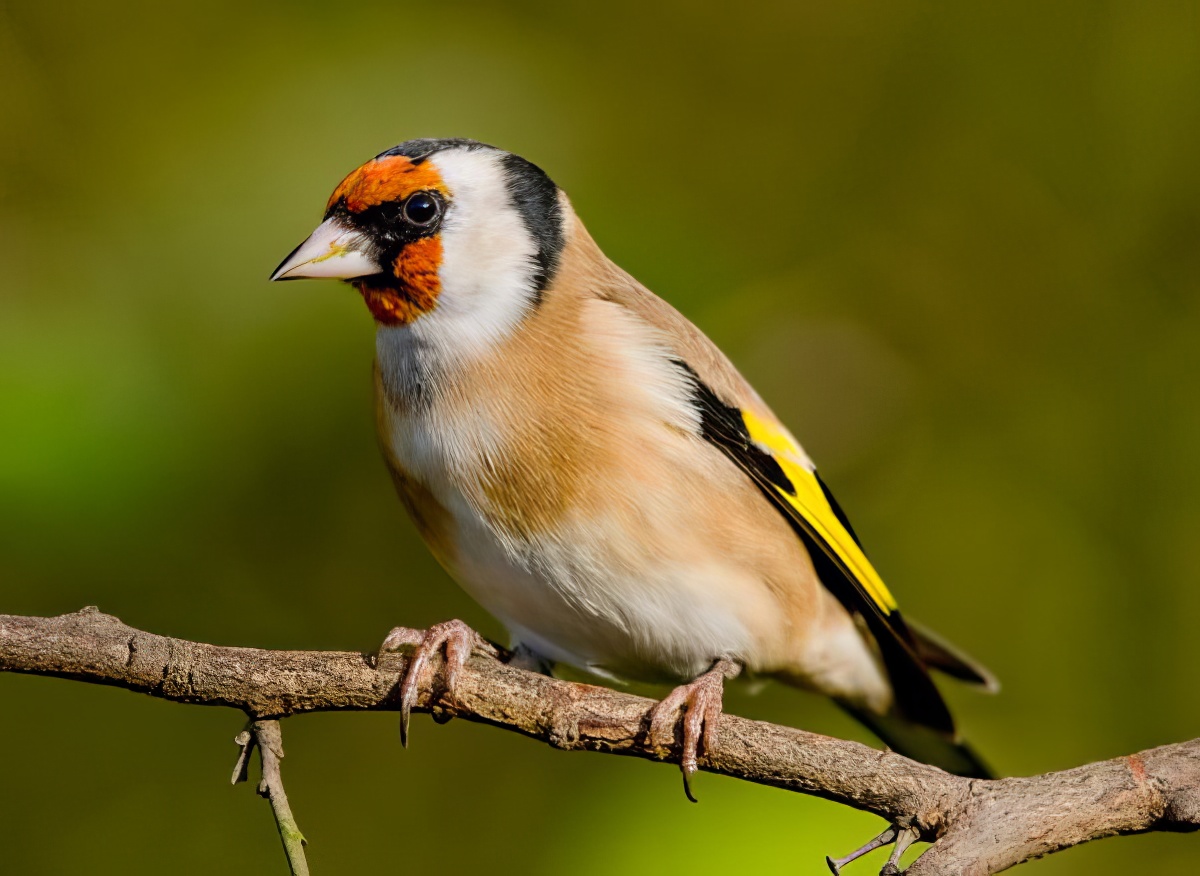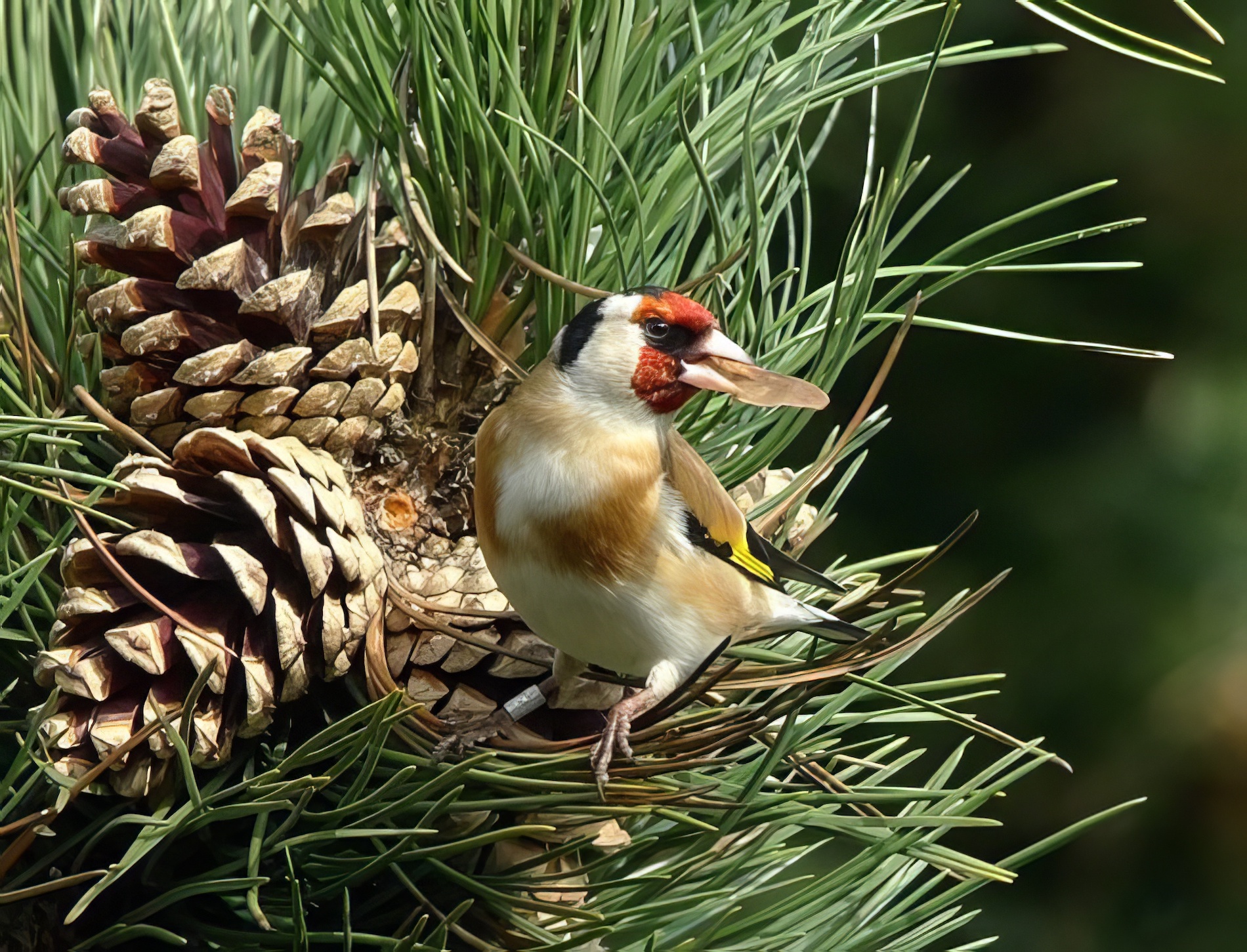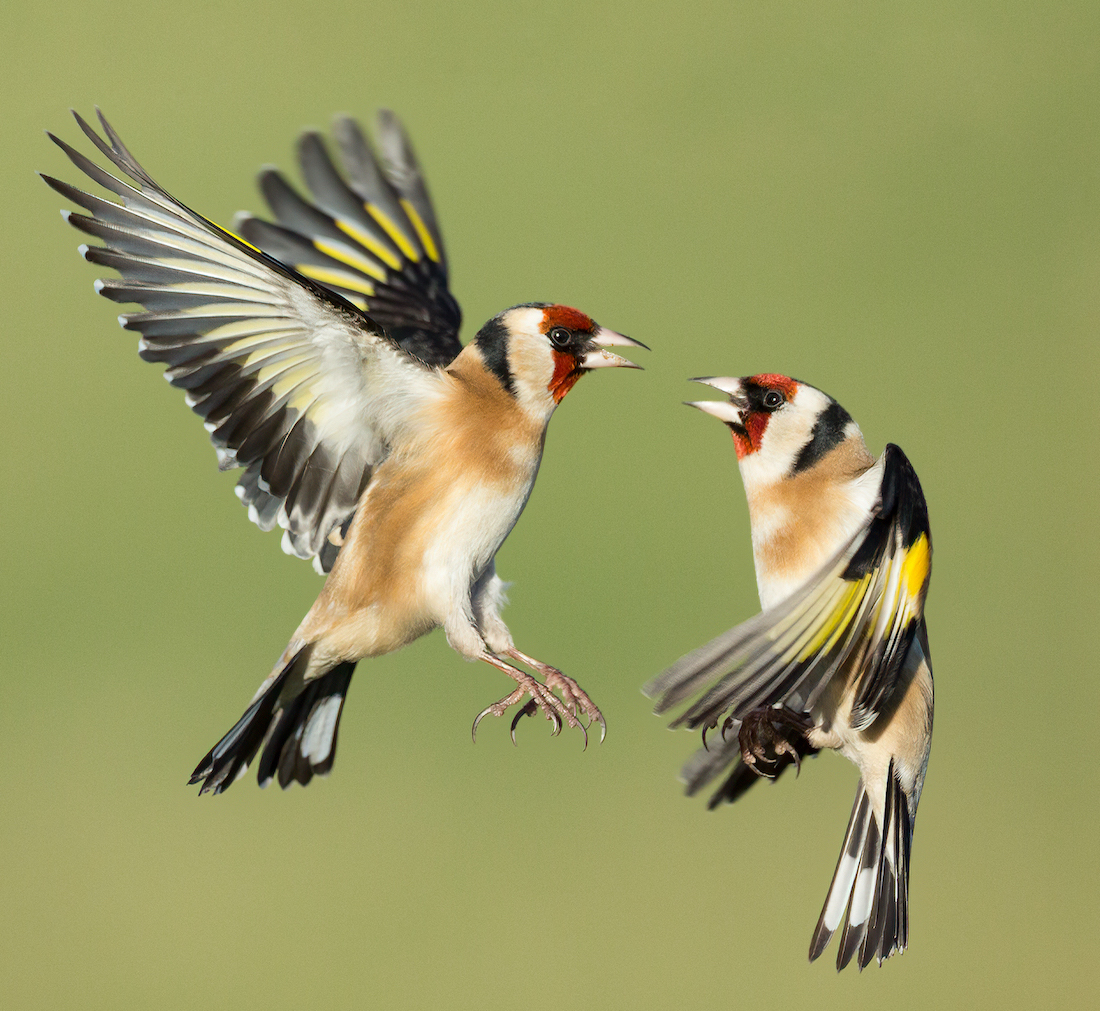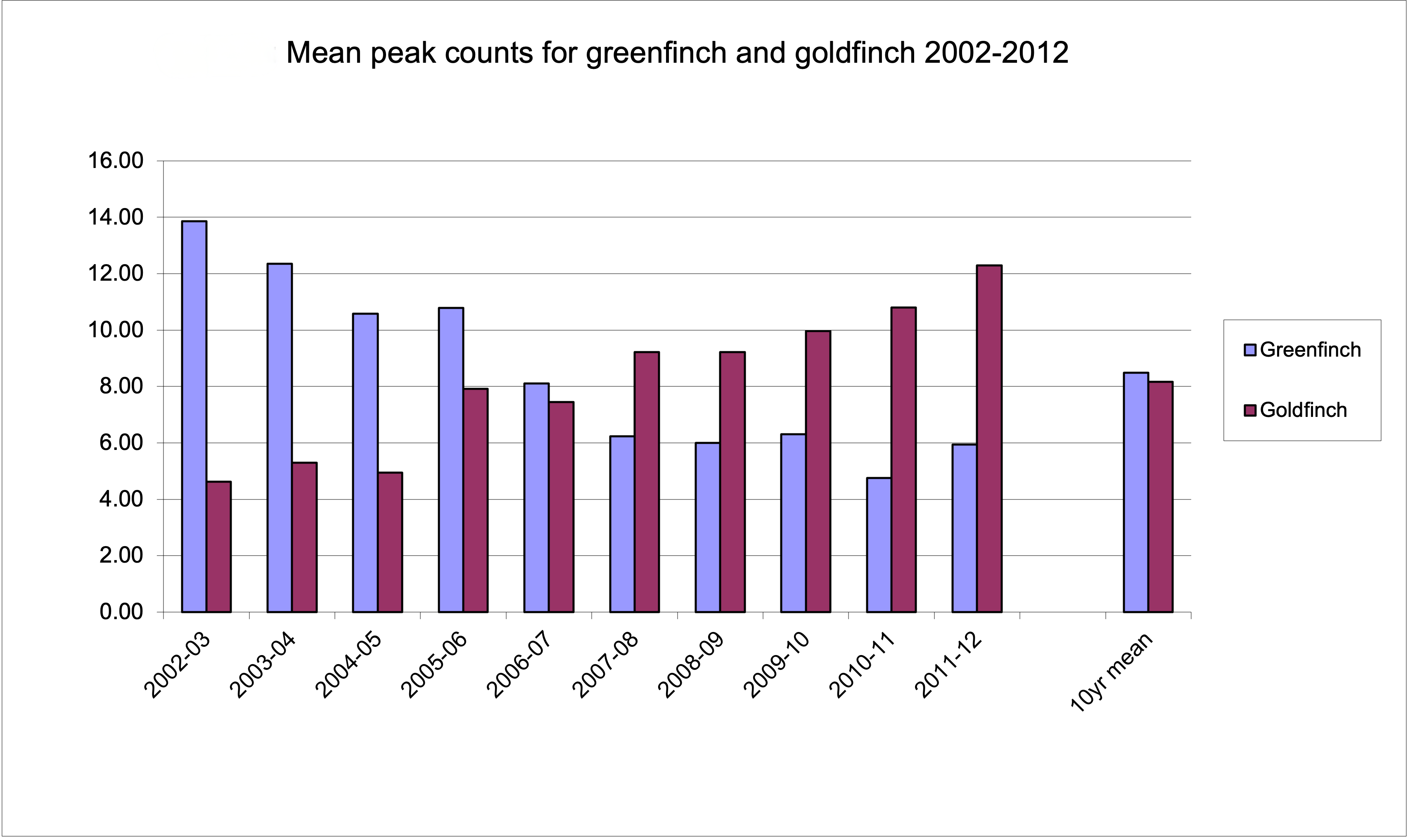Goldfinch Carduelis carduelis
British form britannica a very common resident and passage migrant. Nominate continental form may also occur.



The Goldfinch is a good news story and an instructive example of how a population can adapt to change. Over fifty years ago it experienced the massive decline typical of many seedeaters that were starved as agricultural intensification eliminated the “weed” seeds they relied on for survival. Goldfinches switched to feeding on seed provided in gardens and seed crops made available by farmers in response to Environmental Stewardship schemes and that is thought to be the basis of their subsequent rebound and then boom from around 2005 onwards. The pattern of the change to feeding in gardens over the period 2002-2012 is shown well by the Lincolnshire GBFS data (Goodall 2011). The data (chart) contrasted the fortunes of Greenfinch and Goldfinch, with the former being hit by the protozoan parasite Trichomonas gallinae from 2002 onwards. Goldfinches in gardens actually began to increase around the same time.

Lincolnshire Garden Bird Feeding Survey for Goldfinch and Greenfinch, 2002-2012
It is probably the only British finch commoner now than in the 1960s. The Atlas put the Lincolnshire population at 8,000-9,000 pairs in the 1980s and APEP4 adjusted suggests the population was 43,000 pairs in 2016, making it Lincolnshire's second commonest finch, up from fourth in the 1980s. Most British Goldfinches winter in Iberia and a heavy autumn passage is witnessed across the county, most obviously on the coast where 3,695 were counted moving south at Gibraltar Point on October 18th, 2017. It is possible (from ringing recoveries) that many birds wintering in the county come from Scotland. Wintering flocks have rarely exceeded 200 birds but flocks of over 100 are widespread.
Reference
(Updated with reference to the new Birds of Lincolnshire (2021) January 2023)
